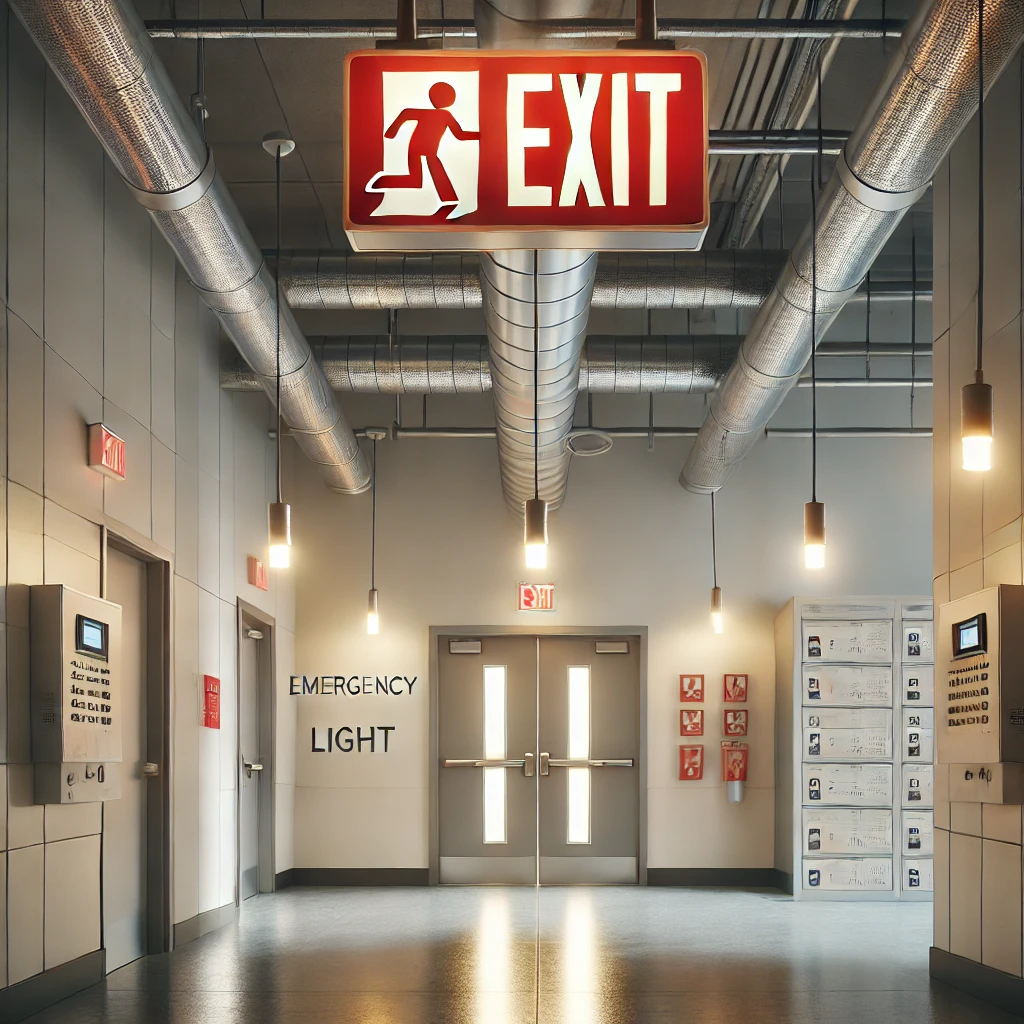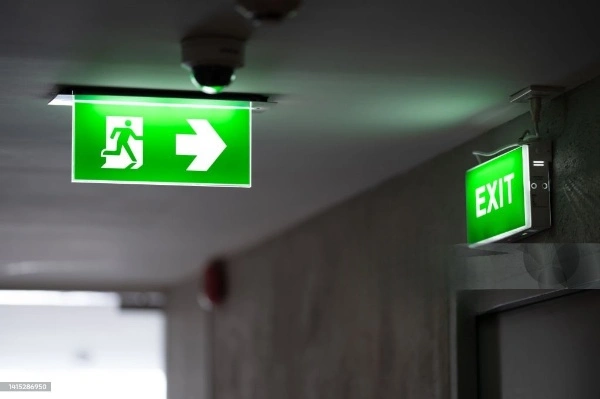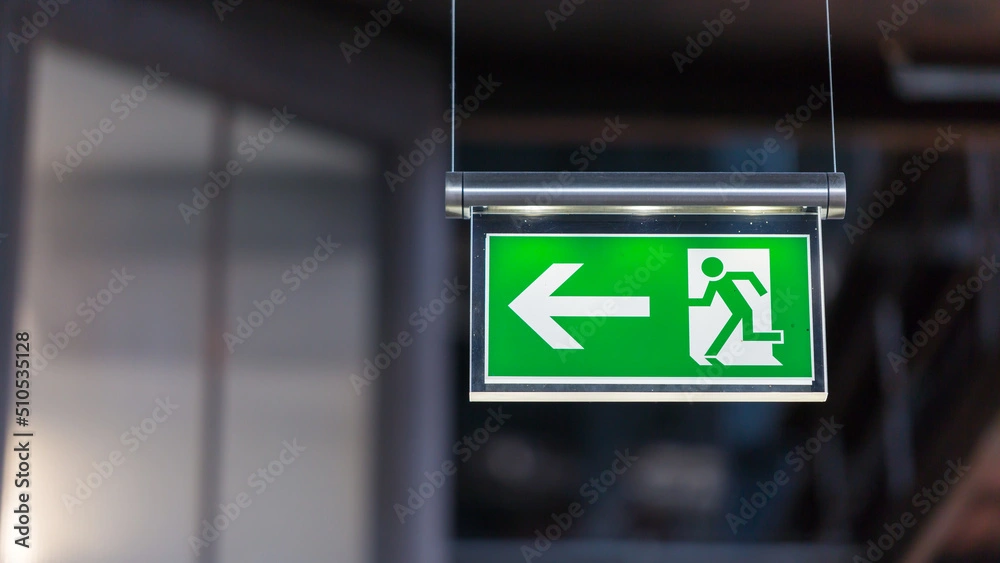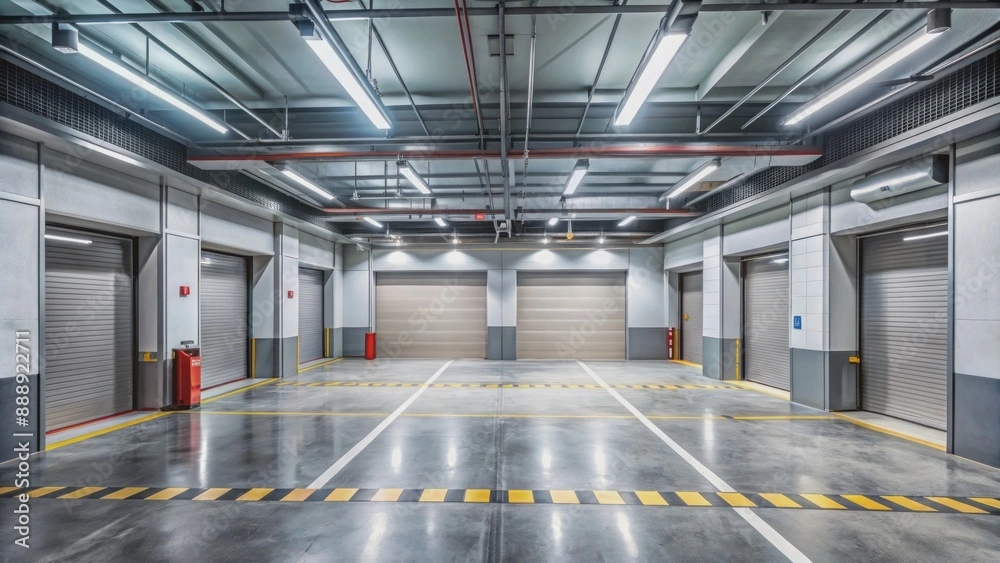
EMERGENCY AND EXIT LIGHT COMPONENTS
Here’s an overview of emergency and exit light components, which are essential for safe evacuation during power outages or emergencies:
1. Emergency Lights
*Description*: Self-contained lighting units that automatically activate during power outages, providing illumination along escape routes.
*Types:
*LED Emergency Lights: Energy-efficient with longer lifespan; can include directional lamps.
*Self-Contained Units: Have built-in batteries for backup power.
*Central Battery Systems: Power multiple lights from a single, centralized battery backup source, ideal for large buildings.
*Function: Ensures visibility and safe navigation, guiding occupants to exits during emergencies when primary lighting systems fail.
2. Exit Signs
*Description: Illuminated signs that indicate the location of exits,
installed above doorways, in stairwells, or along corridors.
*Types:
*LED Exit Signs: Use light-emitting diodes for long-lasting,
energy-fficient illumination.
*Photoluminescent Signs : Glow in the dark, using stored light
from ambient sources; do not require electricity.
*Edge-Lit Exit Signs : Use a thin acrylic panel, giving a sleek
appearance, common in offices or aesthetically-focused spaces.
*Function : Clearly marks exit paths and directs occupants toward
safe egress, especially crucial in low-visibility conditions, like
heavy smoke or total darkness.
3. Combination Units (Emergency Light & Exit Sign)
*Description: Integrated units that combine both emergency lights and an exit sign.
*Function: Saves space and ensures both exit signage and illumination for paths are covered with one unit, ideal for hallways or doorways.
4. Directional Arrows and Signage
*Description: Optional arrow indicators on exit signs, directing people towards the nearest exit or stairwell.
*Function: Essential in complex buildings to ensure occupants take the fastest and safest route to exit.
Emergency and exit lights are required by safety codes in most buildings and must meet specific brightness, battery backup, and visibility standards. Regular testing and maintenance are essential to ensure that these lights function properly during an emergency, providing reliable guidance for a safe evacuation.




